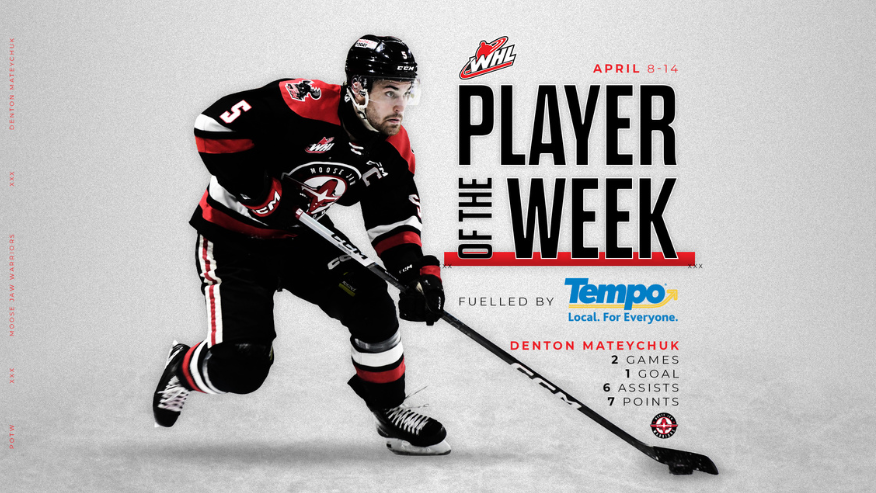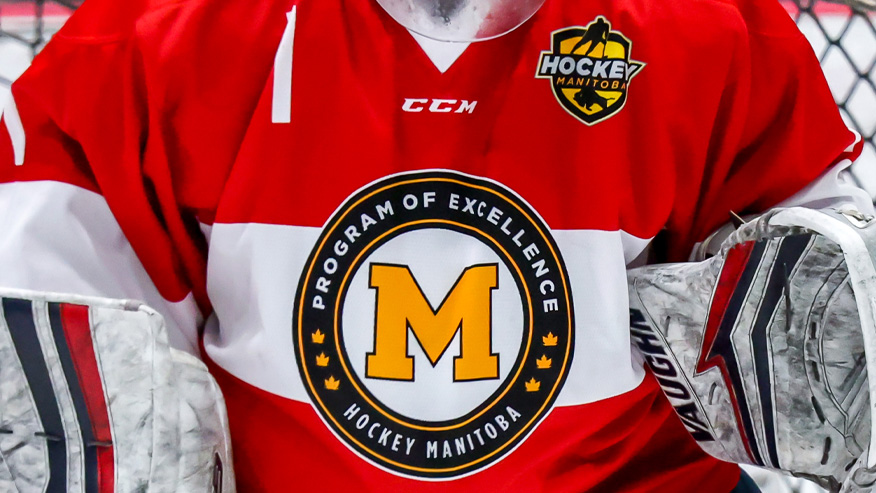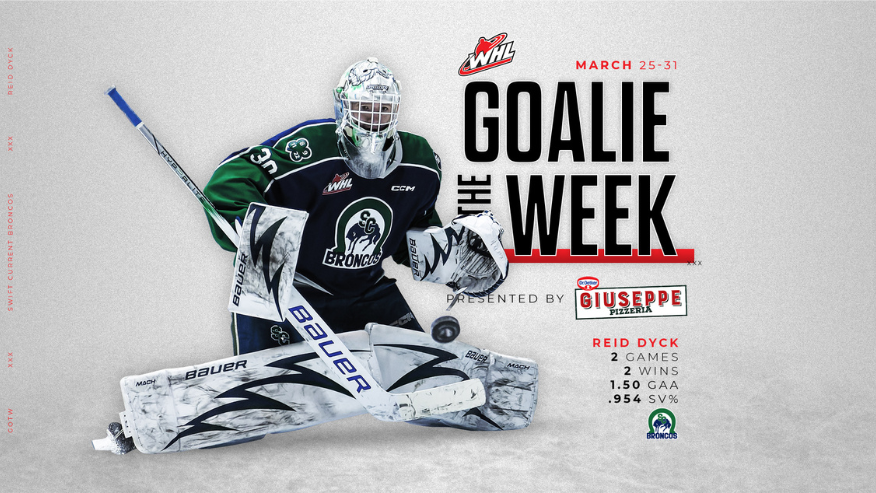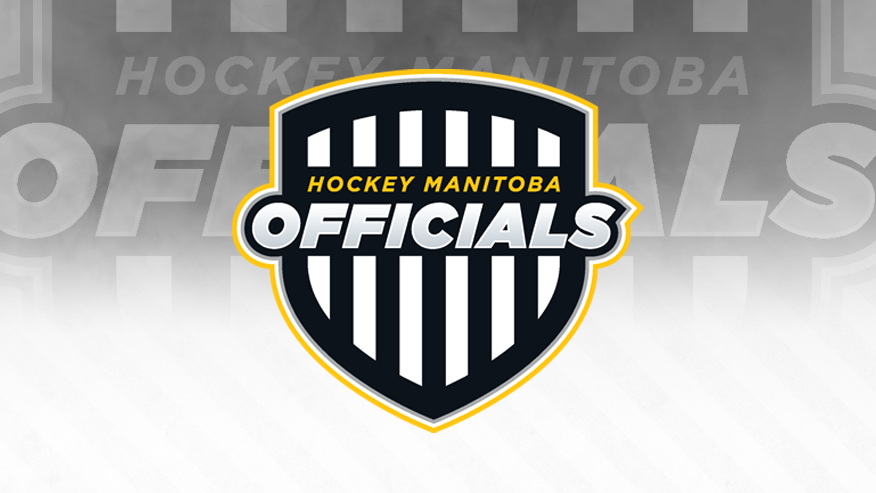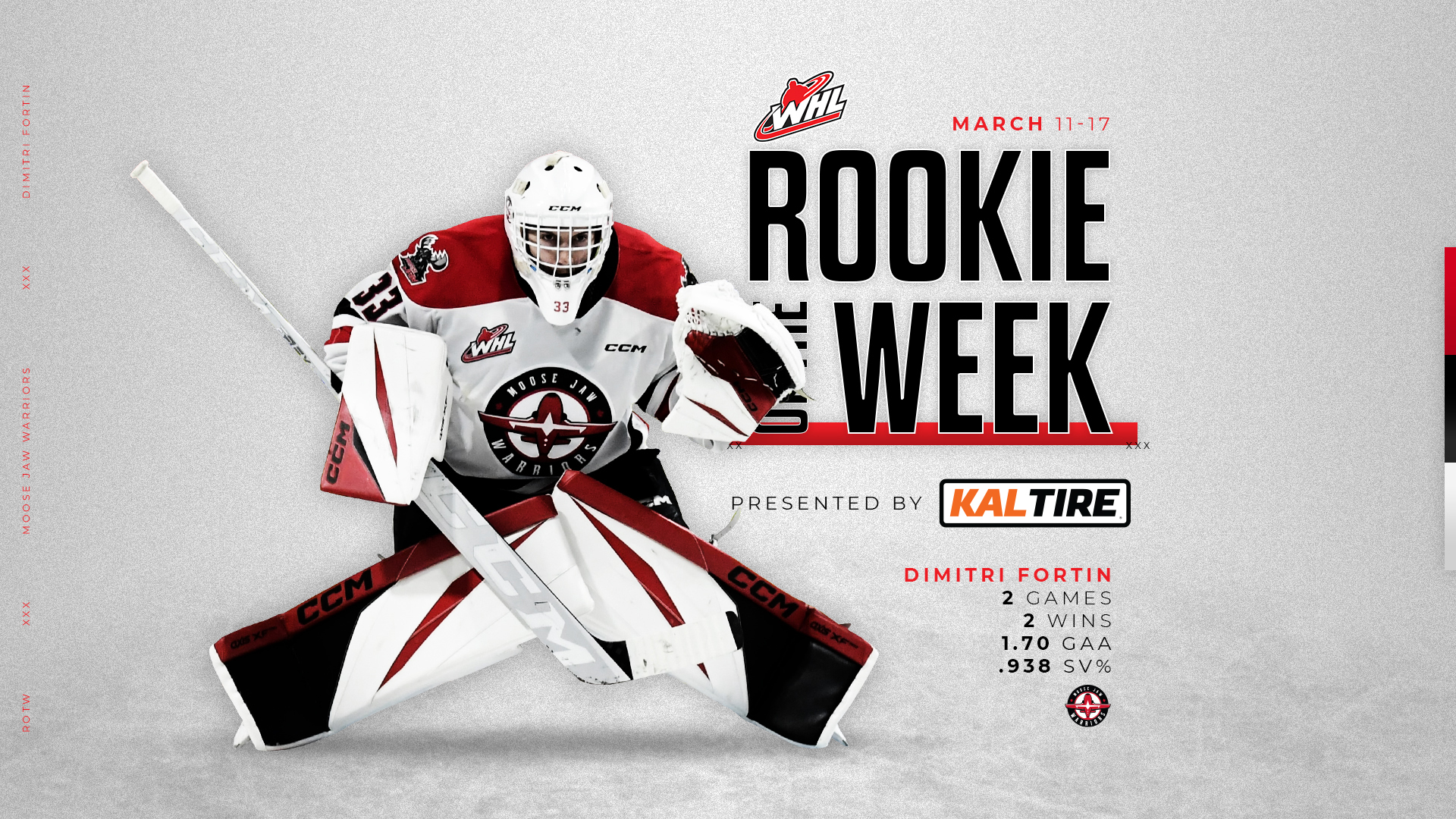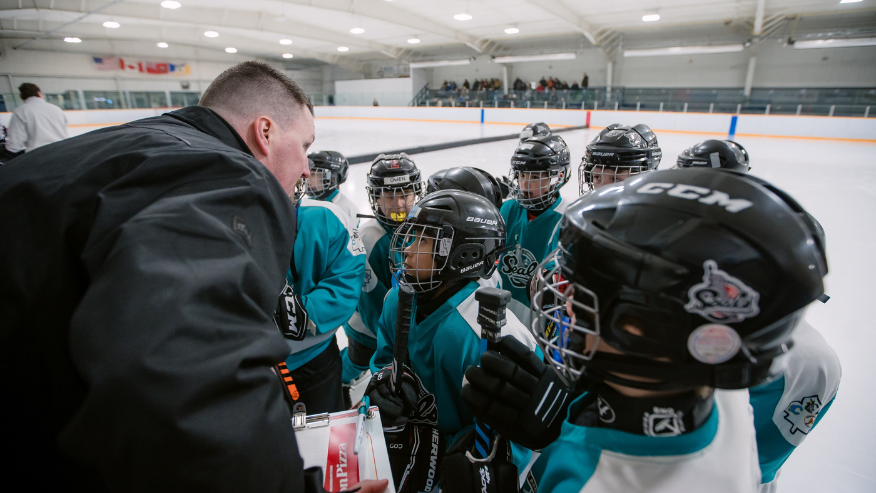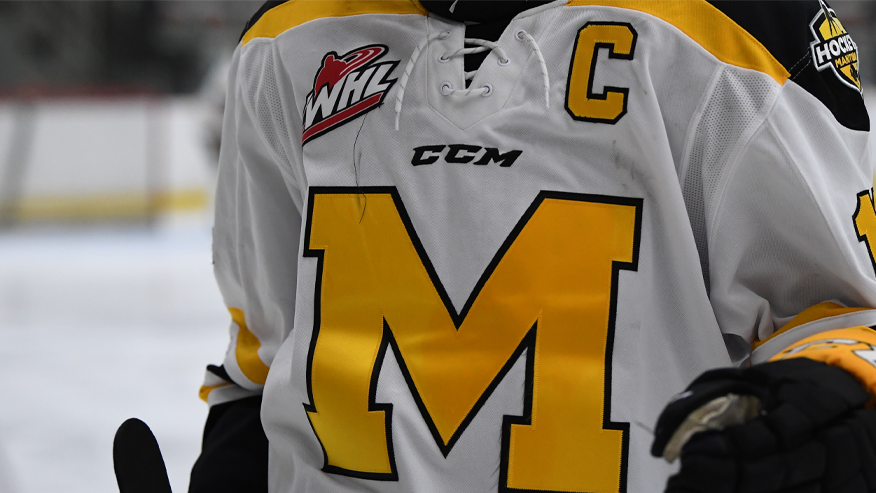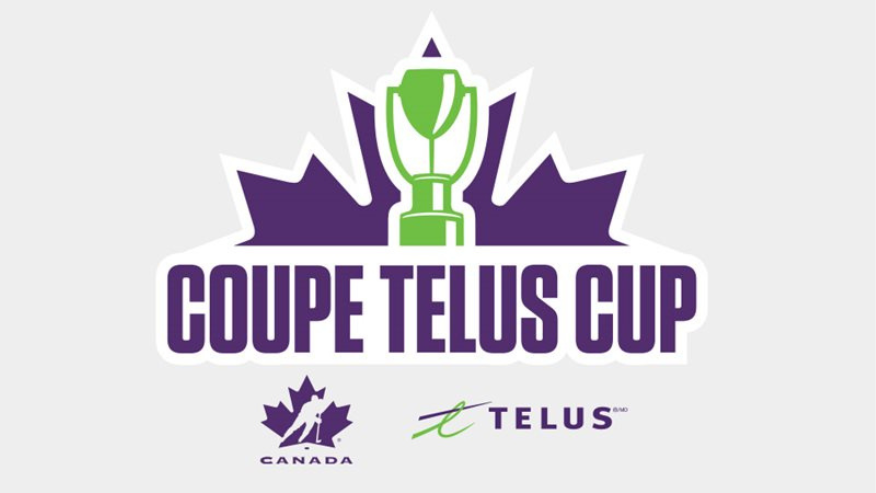4 Nations Cup brings debate about body contact in female hockey
TO HIT OR NOT TO HIT? YOUNG FEMALE HOCKEY PLAYERS AT
4 NATIONS CUP TALK ABOUT WHAT MORE PHYSICAL
CONTACT WOULD MEAN FOR THE WOMEN’S GAME
By Ariana Kelland
St. John’s, N.L. – Mile One Stadium was filled with the cheers and screams of female hockey fans on Friday, November 12, as defending 4 Nations Cup champions Team Canada played against Team Finland.
Many of those who came out to watch the game were female hockey players themselves. Dressed in hockey jerseys and carrying Canadian flags, young girls arrived at the game to watch the players they admire and the teams they support.
A continuing subject of debate is whether female hockey players should be allowed to have more physical contact in the game, including body checking, and fans in the stands discussed that very topic while watching the Canadians and Finns battle it out for the puck on the ice below at the 2010 4 Nations Cup.
One mother of two young hockey players said, “A game of hockey should just be that – a game of hockey. There is no reason why it has to be spoiled by body checking just to enhance the entertainment value.”
It seems more and more hockey fans are being drawn to watch the women’s game. Women’s hockey is slowly but surely becoming more respected and recognized around the world, a fact that became especially apparent with the inductions of Canadian Angela James and American Cammi Granato into the Hockey Hall of Fame earlier this month. Just two decades ago, these women’s hockey pioneers played in the first ever IIHF World Women’s Championship in Ottawa, Ont. And on November 8, they became the first two women to be elected into the Hockey Hall of Fame in Toronto, Ont.
But, in a less-than-packed stadium during the Canada-Finland matchup, those who were in attendance wondered if allowing body checking, and more physical play in general, in women’s hockey would have drawn a bigger fan base to the game.
During an intermission in play, a group of teenage female athletes told HockeyCanada.ca that they all started off playing boys’ hockey, and unanimously agreed that they became accustomed to the rough play in those leagues. Although they all eventually switched to girls’ hockey, they said it took some time to adjust to the differences between how the two genders play the game.
“Watching other female hockey players is empowering,” April Rossiter, 18 said of getting the opportunity to see the best women’s hockey teams in the world face off against each other at the 4 Nations Cup. “I think one of the main reasons more hockey fans come out to watch men’s hockey … is because of the body checking that male players are allowed to do.”
The Memorial University student from St. John’s said she’s been playing hockey since she was four years old and continues to play today. When asked why her parents chose to sign her up for hockey, Rossiter said, “It was just a sport that would keep me active. Plus my father is a huge hockey fan himself.”
Opinions differed around the arena as to whether body checking should be allowed in women’s hockey, and whether a more physical game would attract bigger crowds to international female games. But if overall ticket sales at the 2010 4 Nations Cup are any indication of just how popular women’s hockey is becoming, fans seem to be enjoying the female game just fine.
In the end, 5,459 fans bought tickets for the gold medal game and 29,218 fans total attended all eight games over the course of the week, breaking attendance records for the 4 Nations Cup since the tournament’s inception in 1996.
Share

